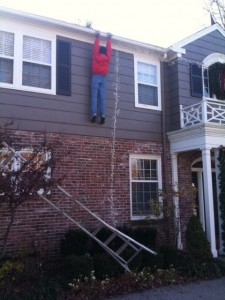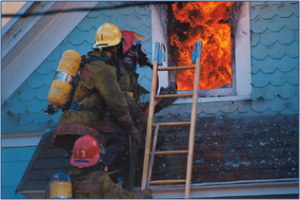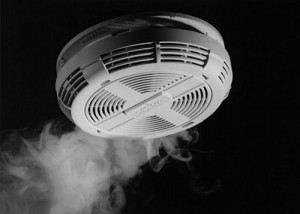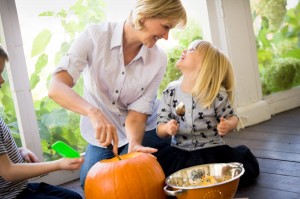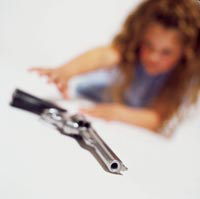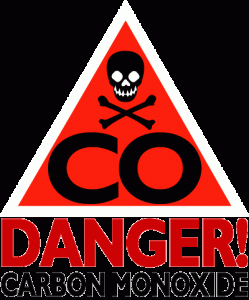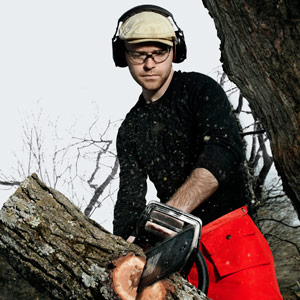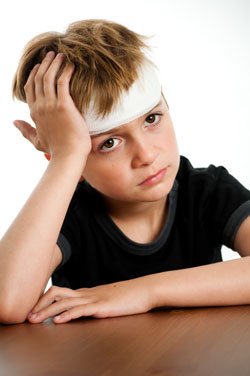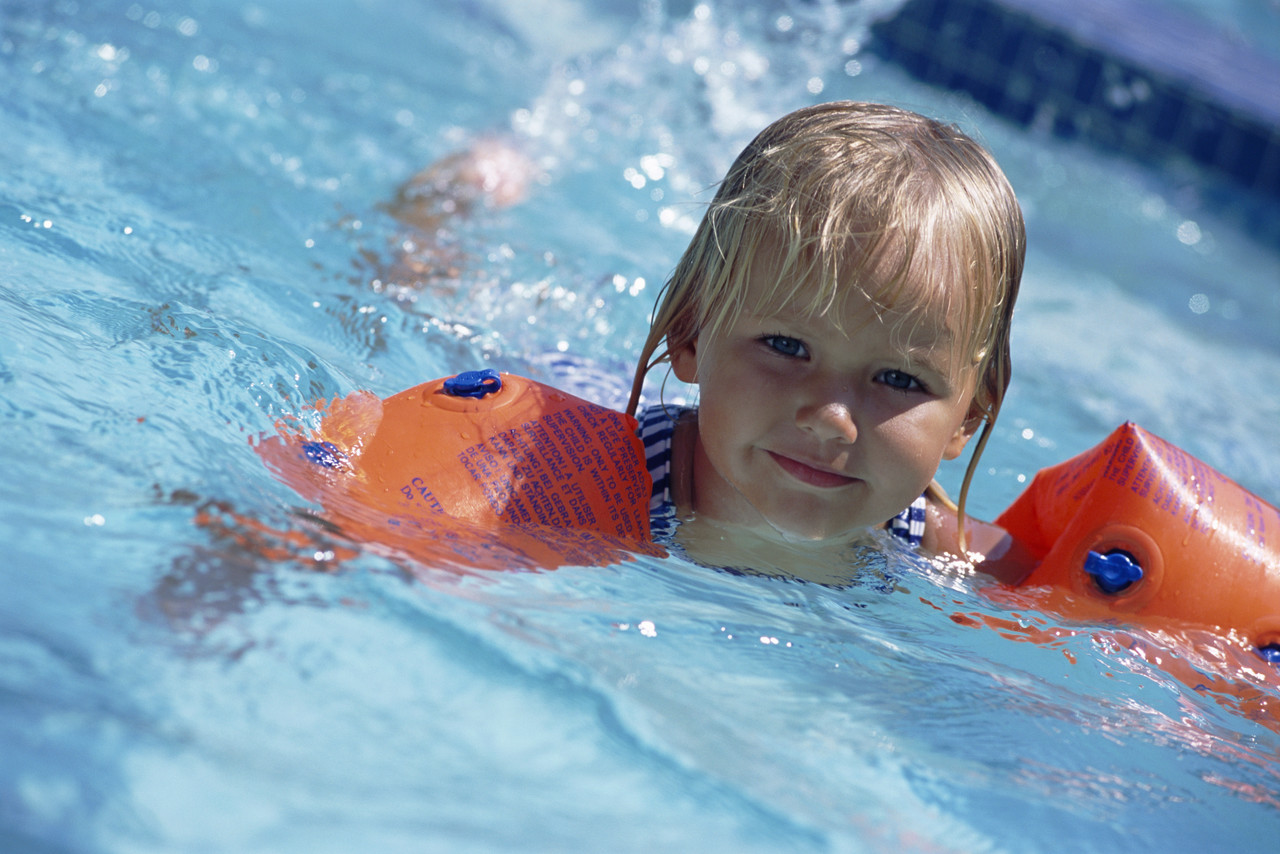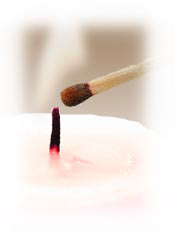 Candles start almost half of all home fires related to decorations. Minimize your risk with these candle safety tips:
Candles start almost half of all home fires related to decorations. Minimize your risk with these candle safety tips:
- Avoid using candles when possible. Consider using battery-operated candles in place of traditional candles.
- Never leave an open flame unattended. Keep burning candles within sight.
- Place lighted candles away from combustible material such as other decorations and wrapping paper.
- Take care to place candle displays in locations where they cannot be knocked over.
- Never use lighted candles on a tree or near other greenery.
- Extinguish all candles before you go to sleep, leave the room, or leave the house.

